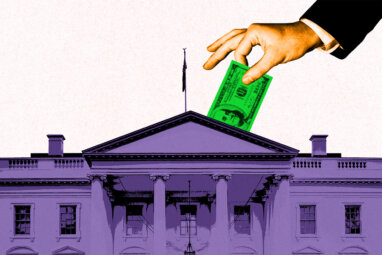When CEOs Step Up To Fail
The failure and subsequent departure of a CEO is a costly misadventure for any organization. The most immediate and devastating impact is often on the company’s market capitalization. In a matter of weeks, a floundering CEO can destroy a market valuation that has taken a decade to build. In addition, ousted CEOs rarely leave with empty pockets. A typical severance package provides the departing CEO of a Fortune 500 company with two to three times annual salary plus bonus, and extras can include compensation for life insurance, a $500,000 to $1 million annual payment for life, and office assistance for several years. If an executive recruiting firm is hired to find a replacement, its fees can run to more than $1 million. Shareholder class-action suits brought on by the plunging stock price are another hazard; in the past 10 years, U.S. companies have paid $20 billion to settle such cases. Last but not least, the organization’s initiatives go into limbo during a transition crisis at the top, and important competitive advantages may be lost during this time.
In recent years, several leaders at high-profile companies have flamed out early in their tenures: Among others, they include Richard Thoman at Xerox Corp., Durk Jager at Procter & Gamble Co., Richard McGinn at Lucent Technologies, Douglas Ivester at Coca-Cola Co. and Jill Barad at Mattel Inc. These puzzling examples raise questions: Why did such promising and previously successful individuals fail so quickly in the CEO role? And why is such failure happening today with relatively high frequency?
When a CEO fails after a brief tenure, the blame is often placed squarely on one person’s shoulders: the unsuccessful executive. It is human nature to point a finger at the CEO’s poor strategic choices, misguided actions or personality flaws. And up to a point, that is a fair judgment. However, in the cases of CEO failure that we studied, other major forces were at play. (See “About the Research.”) Once they are understood, companies can take steps to counter such forces and improve the chances that their leaders will not derail during their first couple of years on the job.
References (15)
1. D.A. Nadler, “Champions of Change: How CEOs and Their Companies Are Mastering the Skills of Radical Change” (San Francisco: Jossey-Bass, 1997).
2. D. Greising, “I’d Like To Buy the World a Coke: The Life and Leadership of Roberto Goizueta” (New York: John Wiley & Sons, 1998).





Comment (1)
Pat